What is the difference between OLED and QLED TVs?
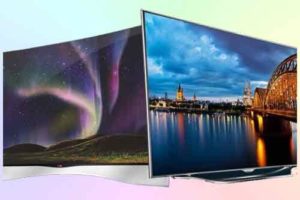 In the age of high technology, TV manufacturers strive to create high-quality and competitive displays. Two advanced monitor technologies are QLED and OLED. In the article we will tell you more about each of them, consider all the advantages and disadvantages.
In the age of high technology, TV manufacturers strive to create high-quality and competitive displays. Two advanced monitor technologies are QLED and OLED. In the article we will tell you more about each of them, consider all the advantages and disadvantages.
The content of the article
OLED and QLED technologies: features
The abbreviation OLED stands for organic light-emitting diode. To create it, multilayer structures are used, which consist of layers of several polymers. Main advantages:
- high display brightness, over 100,000 cd/m2;
- perfect contrast, rich colors;
- wide range of temperature conditions;
- small thickness of the display;
- large viewing angle.
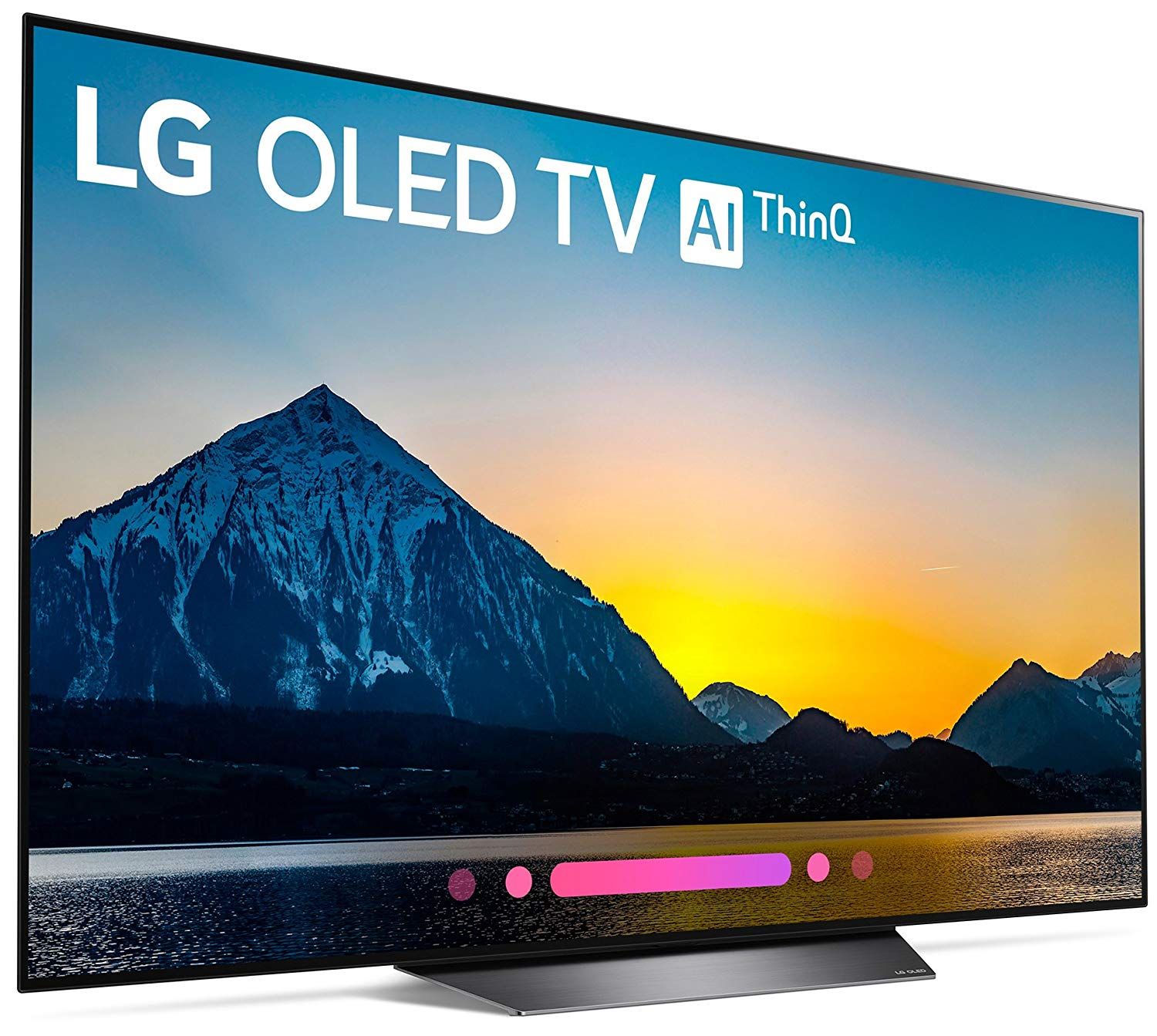
Flaws:
- short service life of diodes of individual colors (up to three years);
- high sensitivity to moisture;
- high cost of creating technologies for large matrices.
QLED displays are an LCD matrix with quantum dot LED backlighting. They differ from LCDs in a wide color gamut.
REFERENCE! The first company to start producing QLED TVs was Samsung.
Pros:
- lower price than OLED;
- Energy savings are 30 percent higher compared to OLED;
- high brightness (about 2 thousand nits);
- the screen is not thin, it is more difficult to damage;
- large selection of display sizes.
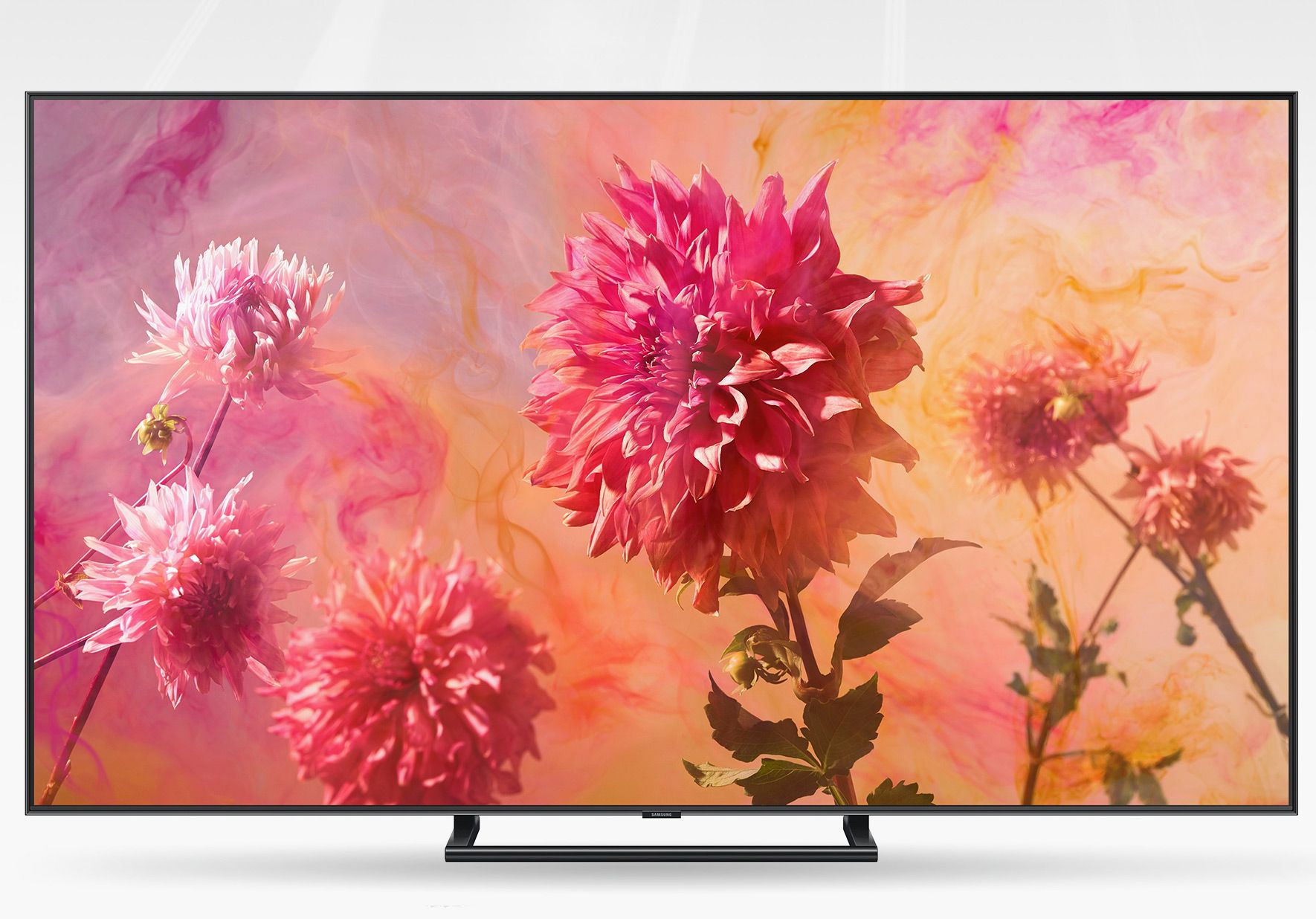
Minuses:
- weaker contrast control due to lack of local dimming function;
- not the maximum viewing angle;
- imperfect black color.
Thus, the image of monitors with organic LEDs is more realistic. But such models are much more expensive than quantum dot displays.
What is the difference between QLED, OLED and LED TVs?
The most common type of display is LED/LCD. The image is created thanks to pixel filters. But on TVs using this technology, black color is far from perfect. Let's look at the differences between technologies according to several criteria.
Contrast
In displays using LED/LCD technology, contrast depends on the following criteria:
- manufacturer;
- panel type;
- dimming function.
OLED monitors have infinite contrast levels and perfect black levels. QLED TV models with VA display type provide good black levels and high contrast.

Brightness
The brightness level is not a decisive factor, since its deficiency can be replaced by deep blacks.
Nevertheless, manufacturers pay great attention to the brightness of displays. The ideal level of brightness can be found in monitors with QLED technology (up to 2 thousand nits).
For 4K LED/LCD displays this value does not exceed 700 nits. The brightness of OLED is lower than that of QLED. But due to the deep black color, the image transmitted by the monitor looks impressive.
Color rendition
4K TVs with LCD or OLED displays have a wider color gamut and true-to-life colors. OLED technologies provide the most natural colors.QLEDs have a high level of brightness.

Motion blur
The best technology for this criterion would be an OLED display. QLED monitors can quickly control pixel color changes. TVs with LED monitors are characterized by fast response times, only premium 4K HDR LED models provide high blur performance.
Leading QLED and OLED TV manufacturers
There are several leading brands producing QLED and OLED TV receivers.
Sony
The image from the Japanese manufacturer is considered high quality, one of the best. Since 2017, Sony began producing TVs with OLED displays.
Advantages:
- High quality.
- Solid design.
- Wide selection of diagonals from 32 to 100 inches.
- Application of various types of matrices.
- HDR support.
- Using advanced technologies to enhance images.
- High quality build.
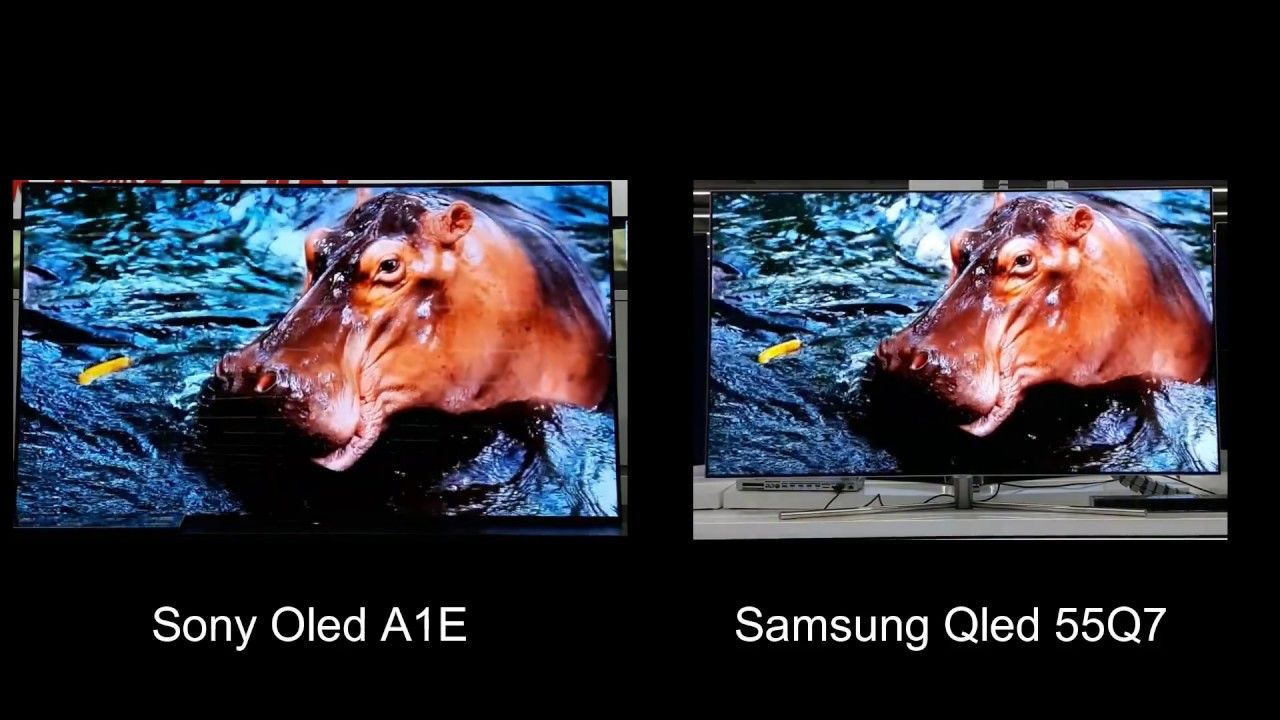
The Japanese manufacturer has practically no shortcomings. The best models have a high price, but it is justified by impressive characteristics.
LG
The manufacturer is ready to offer multifunctional and high-tech models using OLED technologies. Advantages:
- Convenient Smart TV platform with the ability to update.
- Various diagonals with resolutions up to 4K.
- Proprietary Active HDR technology.
- Ideal viewing angle.
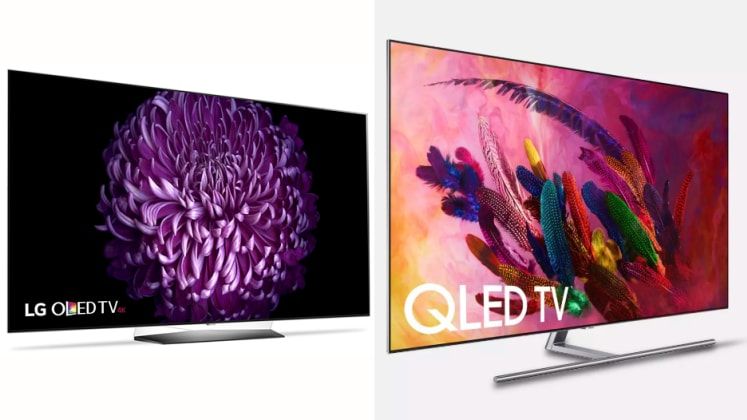
Since 2017, OLED displays support Dolby Atmos. The disadvantages include the lack of a headset jack on some models.
Samsung
The first manufacturer to start producing models with QLED technology. Advantages:
- A variety of models with both straight and curved screens.
- Remote control with voice switching of television channels.
- Using advanced technology for the best possible image.
- Convenient Smart.
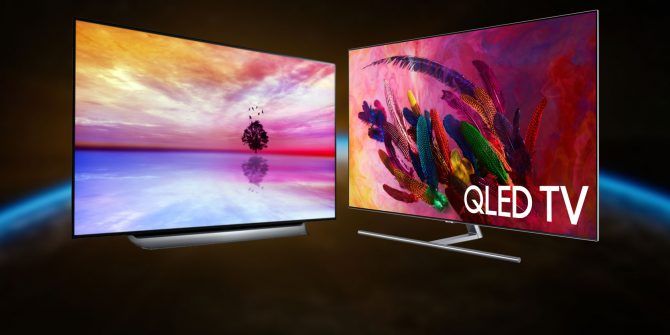
The disadvantages include not always high-quality Russian assembly and inflated prices for some models.
Panasonic
Produces premium models using organic LEDs. Pros:
- Models support several 4K formats.
- Stable and easy to use Smart.
- Solid design.
- Reliability and versatility.
The disadvantages include the high price.
The largest TV manufacturers do not stop competing with each other, improving and improving the methods of manufacturing displays. OLED and QLED are very similar in characteristics. Which manufacturer and technology to choose is up to the buyer to decide.

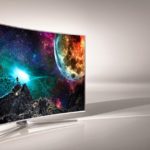
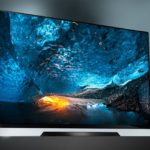
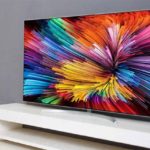

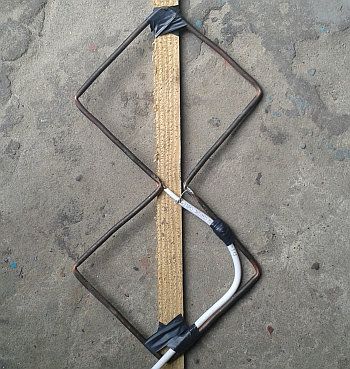
Author, pay attention to what you write. At the beginning there is information that the brightness of OLED is 100,000 cd/m2, and then that QLED is brighter than OLED. 100,000 is technical information that is not possible in TV implementation at the moment, because a TV like that won’t last long. Why this information was provided is not clear to me.
What follows is even more interesting. The information is extremely inaccurate when you write that Samsung was the first to release TV using quantum dots. Sony was the first. In 2013. And already in 2015 Samsung.
Have you seen at least one test? Whether OLED or LCD, both technologies do an excellent job of color reproduction, considering their top-end prices. And with calibration you can make sure that they show the same.
QLED doesn't have local dimming? What nonsense, sorry. There, depending on the diagonal and position of the LEDs, you can observe a different number of local dimming blocks. From 8 to 1000.